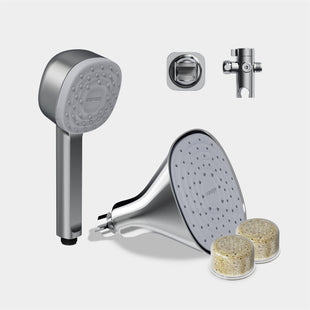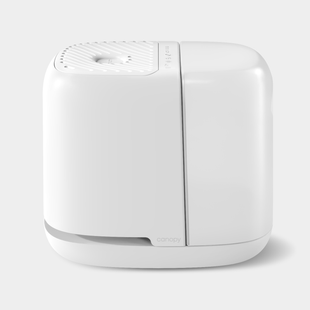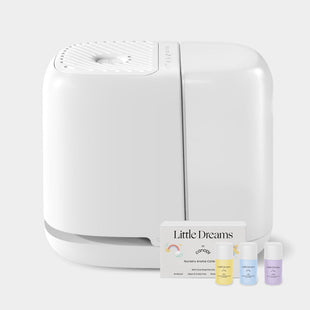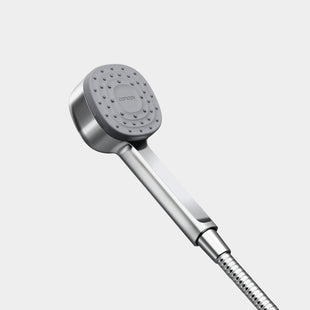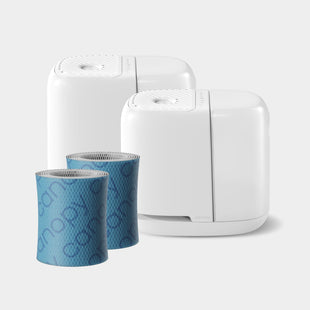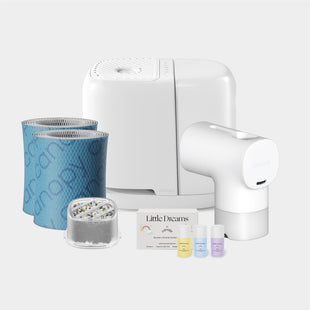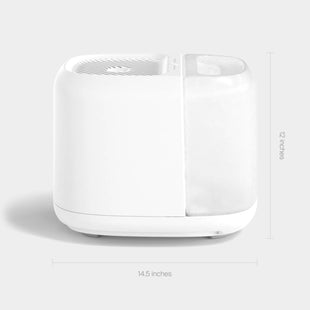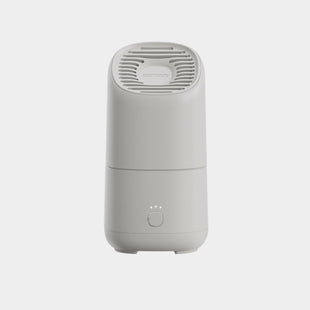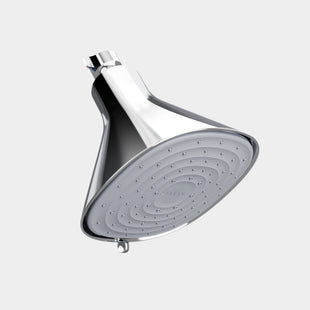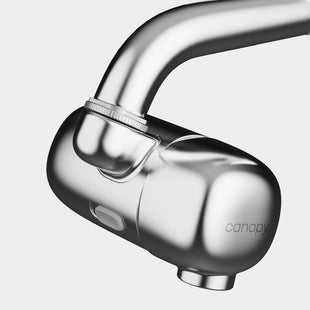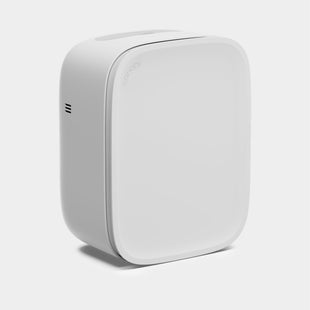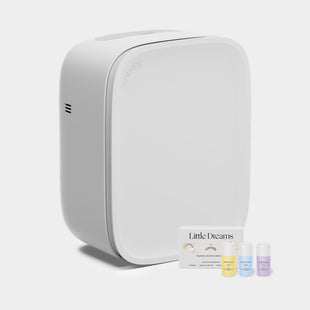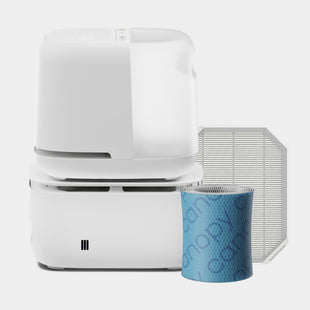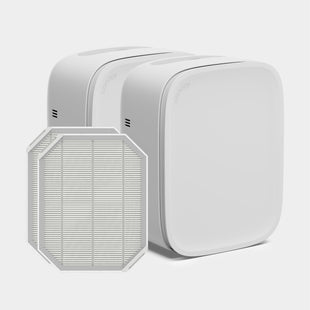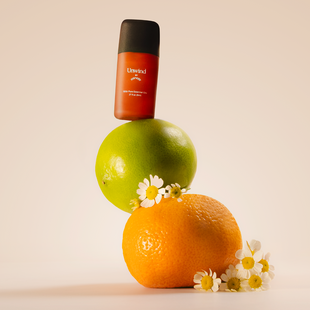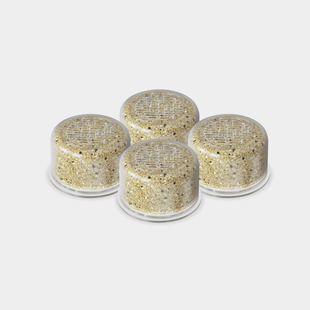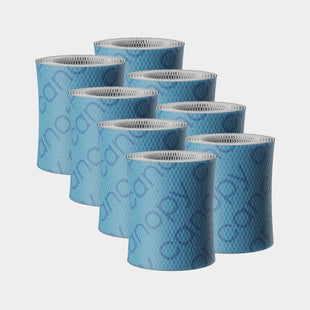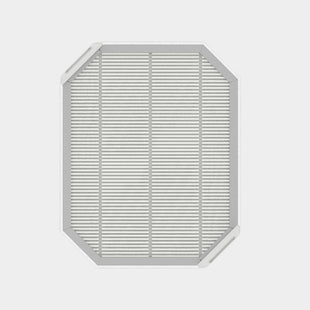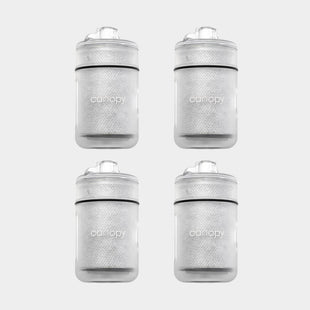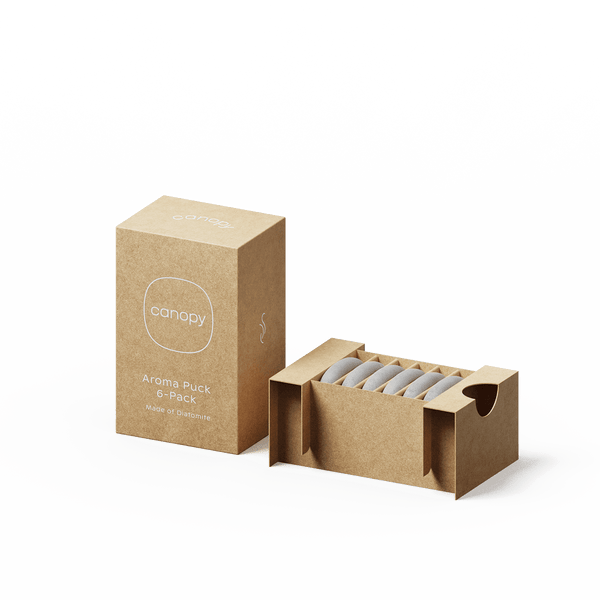This content has been reviewed and updated on September 3. , 2024.
Essential oils have been used for aromatherapy for hundreds of years. From aiding in meditation to supporting restful sleep, their applications span far and wide. But in order to reap the benefits of essential oils, you’ll need a method for diffusing them.
For many people, a diffuser is the simplest solution for a seamless aromatherapy experience. As their name suggests, these devices allow you to diffuse essential oils so that they can be dispersed throughout the air.
Whether you’re new to the world of aromatherapy or exploring your options for diffusing essential oils, we have your complete guide to diffusers here. Discover the different types of diffusers and how they work below, along with some of their common uses.
What Is a Diffuser?
A diffuser is a device that disperses essential oils into your space using air pressure, mist, a fan, or a heat source. There are several types of diffusers, each of which uses a different method of dispersal. Regardless of how they work, diffusers are generally designed to release essential oils without any residue.
What Is a Diffuser Used For?

Diffusers are commonly used for aromatherapy, a wellness-based practice in which essential oils are used to promote physical and emotional health. Oils are extracted from plant sources such as flowers, herbs, and trees, and diffused so that they can then be inhaled. Once breathed in, these oils make their way to the brain via the olfactory nerves.
Some people use essential oils simply for their aromatic properties, creating a pleasant sensory environment at home, work, or another space. Others leverage essential oils for their beneficial properties, which could include:
- Illness Prevention: Some essential oils have antibacterial, antiviral, antiseptic, and antifungal properties. While research is limited, growing evidence suggests essential oils could help treat respiratory tract infections, such as bronchitis and the common cold.
- Sleep Enhancement: Certain essential oils have sedative properties and can ease feelings of stress. Aromas like lavender and chamomile have long been used as sleep aids, so diffusing these oils in your sleep space may help create a calming environment. These soothing effects can extend to little ones, too, making them a drug-free way to support a healthy bedtime routine for children older than 3 months.
- Mood Improvement: Aromatherapy has been shown to alleviate anxiety and improve mood. There’s some evidence to suggest bergamot, in particular, could reduce levels of cortisol, the body’s stress hormone.
Some of the additional applications for aromatherapy could include alleviating headaches, soothing sore muscles or joints, boosting energy, and reducing the effects of nausea, anxiety, and depression. Regardless of why you choose to use them, selecting the right type of diffuser for your needs will help to ensure the best possible aromatherapy experience for you.
How Do Diffusers Work?
The way diffusers work varies by type. There are four main types of diffusers to consider.
The Nebulizing Diffuser
The nebulizing diffuser blasts a pressurized air stream into a small tube, which creates a suction effect. Essential oils are then drawn from a glass reservoir and atomized from the jet stream. The essential oil micro-particles are released into the surrounding environment, thereby creating a pleasant aroma. The nebulizing diffuser does not require water to distribute essential oils.
The Ultrasonic Diffuser
The ultrasonic diffuser uses ultrasonic vibration in the water tank to create microfine essential oil particles. The particles partner with a water molecule as they rise up and through the nozzle and deliver essential oils into the surrounding space in the form of mist.
The Evaporative Diffuser
Evaporative diffusers are further classified into active and passive diffusion.

Passive evaporative diffusers include reed diffusers, which can be found at most home goods stores. The reed diffuser uses three components to deliver essential oils into your space: a glass container, an essential oil and carrier oil mixture, and a collection of wooden reeds. The reeds draw the oil mixture up through small capillaries, effectively saturating the entire reed stick. The essential oil mixture is then dispersed into the room by way of natural evaporation from the tips of the reed.
Active evaporative diffusers accelerate essential oil evaporation by using a small fan. Active evaporative diffusers may require water or may function without the use of water. Both the Canopy Aroma Diffuser and our humidifiers use evaporative technology to spread scent for clean aromatherapy*.
* - Canopy applies commonly accepted clean standards for our aroma products, which means they are made without parabens, phthalates, sulfates, mineral oils, or synthetic dyes. Canopy aroma products may contain both natural and synthetic substances, and are vegan, cruelty-free, and formulated with pure essential oils.
The Heat Diffuser
The heat diffuser uses a heat source (such as a tea light candle) to evaporate essential oils into a space. The essential oils are mixed with a carrier oil and placed in a heat-proof container. The heat source is placed below the container to heat up the oil mixture and release the aromas into the surrounding environment.
How to Use a Diffuser
At Canopy, we make sure all our devices are as easy and intuitive to use as possible. Here are some quick steps to set up and use your diffuser.
1. Pick a Location
Choose a spot in your home, office, or other personal space where you would like to diffuse essential oils. Make sure your preferred location has access to a power outlet, since the Canopy Aroma Diffuser relies on a fan.
Since our diffuser is waterless, you have more options for its location compared to devices that have a water tank. Exposing a water tank to excess sunlight near a window can encourage algae and bacterial growth.
You may want to avoid placing your diffuser next to a fan or under a ceiling fan, which can interfere with the dispersion of essential oils. The Canopy diffuser's internal fan lets you control the aroma strength, so you don't need to push the fragrance to fill a room.
2. Add Water—If You Need To
Although our Aroma Diffuser is a waterless device, our humidifiers also have diffusion features—and they require water to operate. The good news is that you can use water straight from the tap instead of worrying about pre-filtered or distilled water.
Use our original Bedside Humidifier or our parent-loved Nursery Humidifier with an Aroma Puck for overnight comfort. Disperse scent throughout the house with our Large Room Humidifier and choose between the Aroma Puck for a lighter fragrance experience or the Diffusion Well for a stronger scent for up to 15 days.
The Portable Humidifier is made for fragrance on the go, thanks to its magnetized Aroma Puck.
3. Add Essential Oils
Whether you prefer soothing scents, like lavender or chamomile, or essential oils that encourage mental acuity and focus, such as peppermint, the next step is to add a few drops to your device. Just like the Large Room Humidifier, the Aroma Diffuser works with both an Aroma Puck and a Diffusion Well.
Canopy's exclusive aroma blends are made to relax, inspire, and make every space feel more like home.
4. Turn On the Device
Lastly, turn on your diffuser or humidifier. Enjoy the pleasant aromas and therapeutic benefits of essential oils while you go about your day or are getting ready to rest and relax in the evening.
Our Canopy Aroma Diffuser and family of humidifiers offer a simple, convenient way to enhance your living space through scent.

